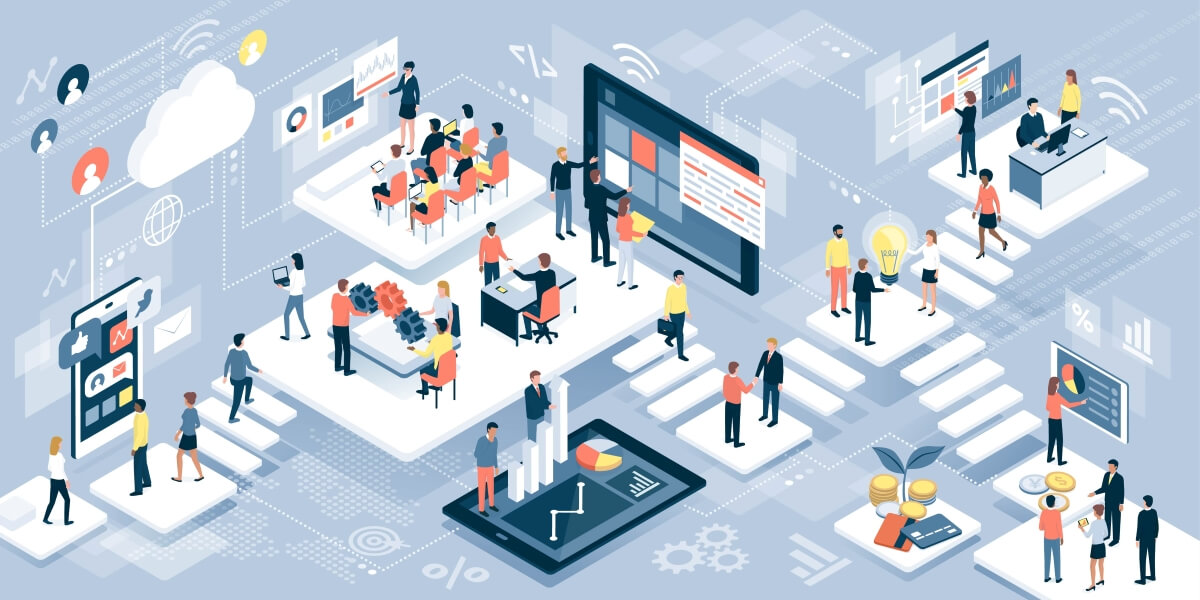In an insightful article from The Economist, the topic of the “future of work” is discussed. Accelerated by the COVID pandemic, the concept of work has been reimagined – especially regarding where and when work happens. In terms of the “where”, many people have now become accustomed – albeit with varying preferences – to hybrid models combining office and home-based work. When it comes to the “when”, some companies are experimenting with four-day workweeks or “asynchronous working,” allowing employees to choose their own working hours and even working days.
The article concludes by identifying a missing element in this discussion about the future of work: the what – as in, what is work? It argues that beyond the “where” and “when”, we should also consider the essence of work itself. Can daydreaming be considered work? Many studies, especially in the context of creative problem solving, would say yes. What about taking a walk in the fresh air? Is that merely a break, or could it still be work if your mind is actively engaging with a task and you come up with a brilliant idea? Of course, there are limits. A missed deadline due to daydreaming is still a missed deadline, and not every problem benefits from a walk. However, reflecting on such questions – on the fundamental nature of work – can provide a solid foundation for a broader discussion.
What we are observing instead is a lack of this foundation, this focus. As a result, our discussions about designing the future of work risk being overly shaped by familiar norms and ideas about what work should be.
One such norm is the link between work and physical presence: if we’re in the office, we’re working.
This brings about unintended consequences, one being the so-called “proximity bias” – the phenomenon in which employees who are more physically present in the office are perceived as more productive and thus more valuable to the company. This is purely due to their increased visibility to managers. Studies show that employees who work exclusively from home are up to 50% less likely to be promoted compared to those who are regularly in the office. Yet physical presence is neither proof that work is being done, nor is it a reliable measure of work quality. How often have you been in a meeting physically but not mentally present?
“What” – the essential focus that is often missing in problem-solving and decision-making
This lack of focus highlighted in the article is also common in problem-solving and decision-making – with similar consequences. We tend to rely too heavily on the past, on what we’re familiar with, and we often give too little attention to defining the actual “what” at hand. For example, when faced with a difficult problem, it doesn’t take long for someone to suggest a cause based on past experience: “We had a similar issue before, and the cause was… so let’s try…” This may work sometimes, but it can also backfire. The problem may not yet be well enough understood, and analyses and solutions may be too generalized instead of targeted. Both efficiency and effectiveness suffer as a result.
Over decades, Kepner-Tregoe has found that clear, efficient, and effective thinking only happens when there is a clearly defined focus from the outset. The “what” is fundamentally important, but it’s often either defined too hastily or overlooked entirely. This applies both to problem-solving and to decision-making, where decisions are sometimes made more quickly than they are properly defined. That may work for simple choices but for more complex decisions, it often leads to unsatisfactory or unsustainable results.
If you’d like to learn in detail how to clearly define a focus for both problems and decisions and then proceed efficiently and effectively, with a structure that also fosters better teamwork, join one of our public workshops or get in touch



